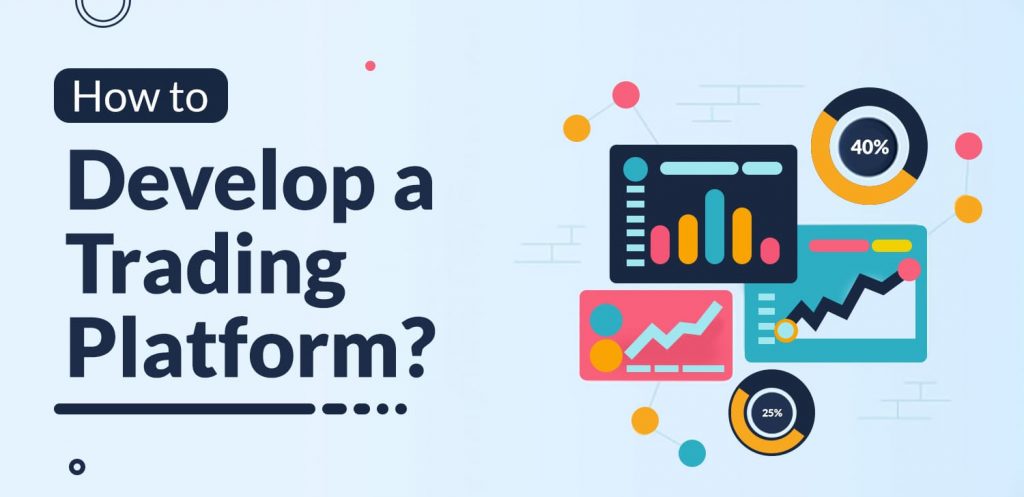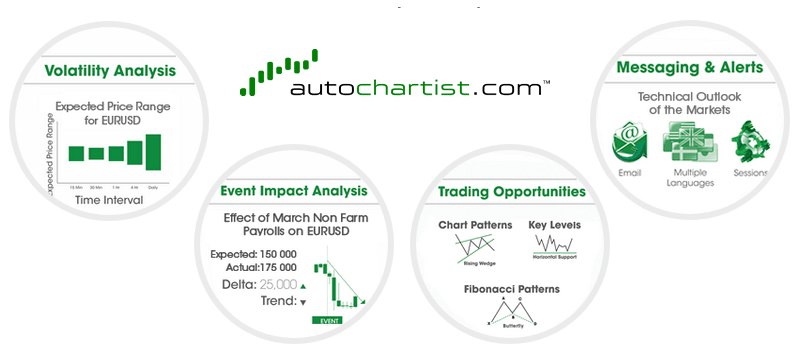
How a Basic Trading Platform works with Real-Time Data ?
Trade is an important part of the world’s flow and this is more so in 2023, where just about everyone with a mobile device has access to it via trading platforms. While trading platforms are convenient, their existence has helped speed the entire process up, which makes keeping up with it is essential to be successful. This, of course, is where real-time data comes in, and having a trading platform that provides it will help traders have an advantage.
So, how exactly does the standard trading platform serve its users while also incorporating real-time data usage? If this is a question that you’ve asked before, the following will be quite useful.
Analyzing the platform as a whole
Trading platforms are described as applications or other pieces of software that give those who use them the ability to engage in trading activities digitally. For a fee, these internet-based tools give users a more convenient way of trying to make a profit as well as just keep watch over their accounts. They’re typically offered by banks, fintech platforms, and brokerage online services, which are seen as one of the largest platforms out there.
Because trade is as wide a field as it is, any platform worth its salt will usually be diverse in what it allows. The following, for example, are just a few of the markets that would be found in these spaces:
– Stocks
– Bonds
– Fiat currency
– Cryptocurrency
– Futures
Regardless of the brand or the markets a platform operates in, there will always be two types of spaces. These are as follows:
– The commercial platform, which caters to the general public includes professional brokers and regular individuals alike
– The proprietary platform is custom-built to fit particular businesses and can’t be used by anyone else
Main features and services
The former of the two is the one that best applies to our current topic, because of its public nature, which entails that it has an abundance of features that allow for ease of use. Some of the solutions are listed below:
– News feeds
– Research aid
– Charts and related tools
– Real-time Capabilities
– WebSocket support
– Unlimited API calls
– Extended trading hours
– HTTPS Encryption for security
– Private server options
– Premium support and more
While the last of these features is a key thing to look for in trading platforms, it’s important to look at other aspects before choosing one. The fees related to trade, for example, should be preferably low, although that may mean a lack of great features like market-leading benchmarks and premium global indices. Also, the nature of the platform in relation to providers should be considered, with areas such as connection to brokers or lack thereof and how reputable they are.
Also, a look at what a platform requires of you is necessary. Day trading platforms, for example, have a limit in terms of how much equity is needed to partake, while spaces dealing in options have to give traders the green light to deal with numerous option types.
Where real-time data comes in
The idea of a trade for the gathering of as much information as possible to discern whether or not something is worth buying or selling. Trading data is an obvious necessity, but how it’s delivered matters as well. Data retrieval and analysis come in two ways:
– Real-time data
– Delayed data
While both are useful and generally called upon, the world in which we live is in constant motion and nothing expresses this better than the always-volatile trading sphere. In mere seconds, you could lose the chance to make huge gains or the opportunity to escape losses of a similar magnitude.
Real-time data is a space that goes far beyond trading and reaches every other field such as manufacturing, healthcare, transportation, energy, and a host of other areas. It refers to information that’s delivered and analyzed for immediate use as soon as an event in question occurs. In trade, however, platforms will typically hire data providers who are already in partnership with the exchanges from which the information comes. The provider/exchange partnership will then make money off the real-time data by selling it to platforms and users in general.
A trading platform that has access to real-time data is at an advantage because it’s able to provide users with the information they need as it happens. An example of this comes in the form of real-time stock quotes, which display current prices, volume data for stocks of interest as well and the overall state of the exchange.
Choosing between the two alternatives
Delayed data on the other hand is the very same information, but delivered at a much later point, often around 15-20 minutes, and as such, isn’t as advantageous. As stated earlier, it is useful, with it being used far better when it comes to long-term investments, but even then, being up to speed is the preferred alternative.
Day traders cannot afford to miss out on even the tiniest pieces of data that could be profitable for them. Therefore, they should utilize the faster and more efficient options available to them.
Courtesy by Finage


